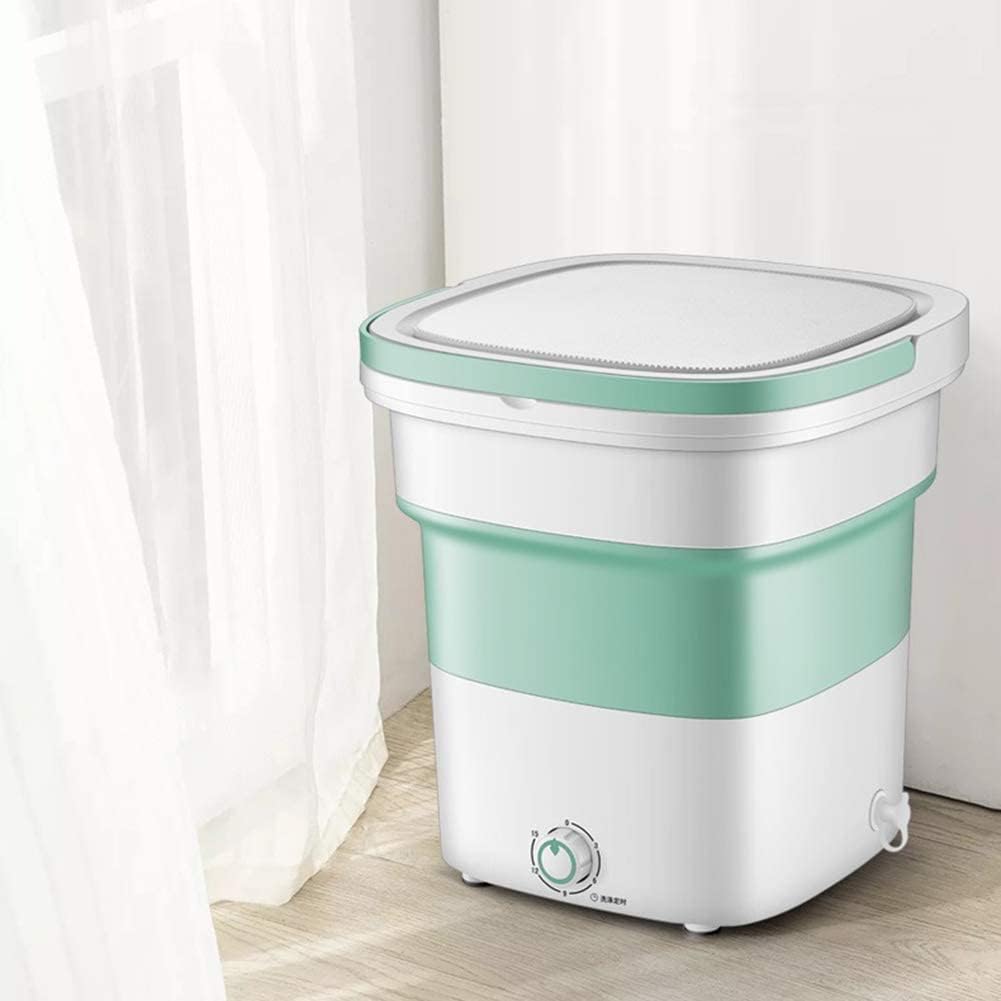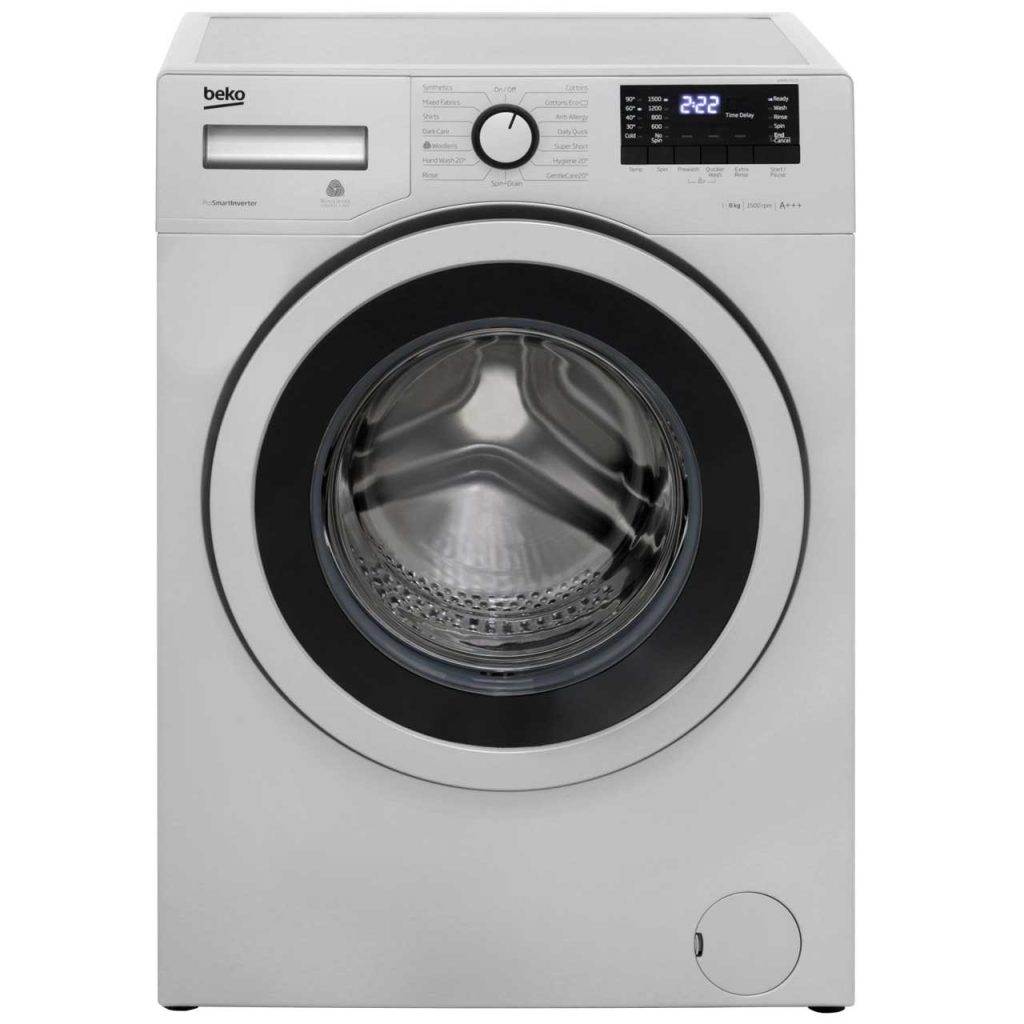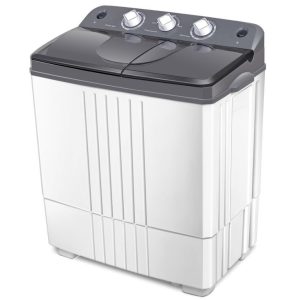What Washing Machine Setting for Bed Sheets?
Washing bed sheets might seem like a straightforward task, but selecting the right washing machine setting is crucial to ensure that they come out clean, fresh, and undamaged. Bed sheets endure various stresses from our nightly routines, including sweat, dead skin cells, and other bodily fluids. Therefore, understanding how to properly wash them is essential for maintaining hygiene and extending their lifespan. In this article, we will delve deep into the intricacies of washing machine settings, fabric types, stacks of cycles, and tips to optimize the washing process for bed sheets.
Understanding Your Bed Sheets
Fabric Types and Their Significance
Bed sheets are made from various materials, including cotton, polyester, linen, and blends. Each type of fabric has unique characteristics that influence the washing process.
- Cotton: A popular choice due to its breathability and softness. It’s usually durable and can withstand high washing temperatures.
- Polyester: Synthetic fibers that are wrinkle and shrink resistant but can trap odors if not cleaned properly.
- Linen: Known for its durability and temperature-regulating properties, linen bed sheets require a more gentle wash cycle.
Selecting the appropriate washing machine setting starts with understanding the material composition of your bed sheets.
Thread Count Matters
Thread count refers to the number of threads woven together in a square inch of fabric. While higher thread counts often produce softer sheets, they can also be more delicate. For instance, a thread count of over 800 may require special washing conditions to avoid damage. Therefore, it’s vital to consider thread count when deciding on your washing machine settings.
Choosing the Right Washing Machine Setting
Temperature Settings: Hot, Warm, or Cold?
The washing temperature is one of the most important factors when washing bed sheets. Here’s a guide:
- Hot Water: Best for cotton sheets, especially those that are white or light-colored. Hot water helps kill bacteria and allergens, leading to better hygiene. However, this can be harsh on certain fabrics, like linen or polyester blends.
- Warm Water: Ideal for blending fabrics, this temperature strikes a balance between cleaning and fabric care. It’s also good for colors that may bleed in hot water.
- Cold Water: Best for delicate and dark-colored sheets. Cold water reduces the risk of shrinking and fading but may not eliminate allergens effectively.
Wash Cycle: Normal, Delicate, or Heavy Duty?
The choice of wash cycle should align with the fabric type and condition of the sheets.
- Normal Cycle: Suitable for more durable fabrics like cotton or polyester sheets. This cycle uses faster agitation, which effectively removes dirt and stains.
- Delicate Cycle: Recommended for fragile fabrics like lace-trimmed sheets or high-thread-count options. This cycle uses slower agitation to protect the fabric.
- Heavy Duty Cycle: Best for extra dirty or bulky sheets, such as flannel during the winter months. It provides more vigorous cleaning but may be excessive for regular wash.
The Role of Detergent and Additives
Choosing the Right Detergent
When washing bed sheets, selecting the right detergent is crucial. Here’s what to keep in mind:
- Concentrated Detergent: A little goes a long way. It cleans effectively and produces less waste.
- Hypoallergenic Detergent: Choose this if you or anyone in your household has sensitive skin or allergies.
- Liquid vs. Powder: Liquid detergents generally dissolve better in cold water, making them a better choice for lower temperature washes.
Enhancing Your Wash with Additives
In addition to detergent, there are various additives you can employ:
- Fabric Softener: While it can make sheets feel softer, it may also reduce the absorbency of cotton sheets over time.
- OxiClean or Baking Soda: Great for removing stubborn stains and odors, particularly for sheets that have seen better days.
Using the right additives can elevate the cleanliness and comfort level of your bed sheets.
Proper Load Management
Overloading the Washing Machine
One common mistake when washing sheets is overloading the washing machine. Overloading can prevent sheets from moving freely, leading to incomplete washing and rinsing. Aim to wash one or two sets of sheets at a time, depending on the size of your washer. If your washing machine is overloaded, you will likely have to run additional cycles, negating any time savings.
Washing Similar Fabrics Together
When washing bed sheets, make sure to wash similar fabrics together. Washing sheets with towels or heavier items can throw off the balance and lead to uneven washing results. Additionally, mixing fabrics can lead to pilling or snagging, which can damage your sheets.
Frequency of Washing Bed Sheets
General Guidelines
The frequency at which bed sheets should be washed can vary based on personal preference and hygiene needs. However, many experts recommend washing once a week. Here are some considerations that may influence how often you wash them:
- Allergies or Asthma: If you experience allergies, consider washing sheets more frequently to reduce dust mite presence.
- Seasonal Changes: During warm months, sweat and humidity may necessitate more frequent washing.
- Personal Hygiene: Individuals or families with intensive nighttime habits may also find that sheets need more frequent washing.
Seasonal Adjustments
In winter, you may need to wash heavier flannel sheets more often due to increased use. Conversely, lighter sheets may be washed less frequently as they don’t trap as much heat or sweat. Adjusting wash frequency based on season can help maintain optimal hygiene while caring for your sheets.
 Drying Methods and Their Importance
Drying Methods and Their Importance
Choosing the Right Drying Technique
After washing, it’s crucial to consider how best to dry your bed sheets. Some options include:
- Tumble Drying: The most common method which conveniently dries sheets quickly. Use a low-temperature setting to prevent shrinking and fabric damage.
- Air Drying: Hanging sheets to dry outdoors can refresh them naturally and reduce energy consumption. However, ensure they are securely attached to prevent them from blowing away.
Tips for Optimal Drying
- Remove Promptly: Take sheets out of the dryer as soon as they are done to minimize wrinkles.
- Avoid Overdrying: This can lead to stiff sheets that are uncomfortable to sleep on.
- Fluff Before Storing: If you fold your sheets, give them a good shake beforehand to keep them from developing a musty odor.
Care Tips for Long-lasting Bed Sheets
Regular Maintenance Habits
To prolong the lifespan of bed sheets, adopt the following practices:
- Rotate Sheets: Having multiple sets of sheets allows you to rotate and reduce wear on any single set.
- Store Properly: Keep sheets in a cool, dry place to prevent mildew growth.
- Check for Wear and Tear: Early detection of holes or fraying can save you from future laundry disasters.
Seasonal Deep Cleaning
Once a season, consider doing a deep clean of your bed sheets by soaking them in a mixture of water and vinegar to remove trapped odors and stains effectively. This can refresh their look and feel.
Conclusion: What Washing Machine Setting for Bed Sheets?
In summary, the what washing machine setting for bed sheets question can be answered with consideration to their fabric type, thread count, and condition. Understanding the interplay between washing machine settings, detergent choices, and drying methods can significantly enhance the cleaning process for your bed sheets. Regular care and attention not only promote hygiene but also help maintain the integrity and comfort of your linens for years to come. Always remember: a little effort in washing bed sheets goes a long way toward improving the sleep experience. Happy washing!



